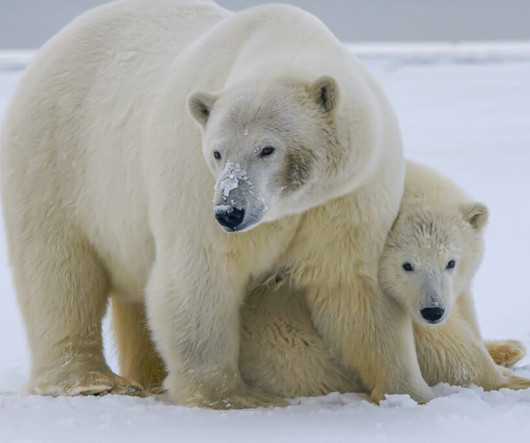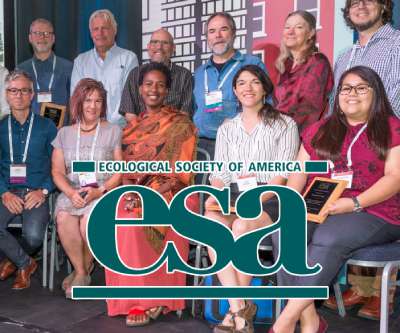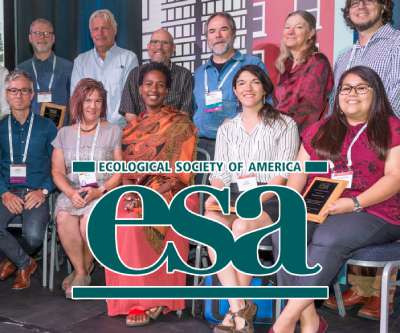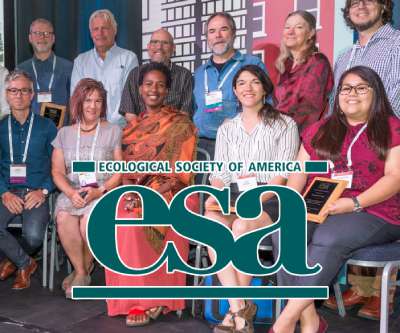March 2018 Updates to the Climate Case Charts
Law Columbia
MARCH 6, 2018
The court stated: “Plaintiffs’ claims for public nuisance, though pled as state-law claims, depend on a global complex of geophysical cause and effect involving all nations of the planet (and the oceans and atmosphere). 1, 2018; order denying remand and notice re tutorial Feb. 27, 2018; request for supplemental briefing Feb.














Let's personalize your content